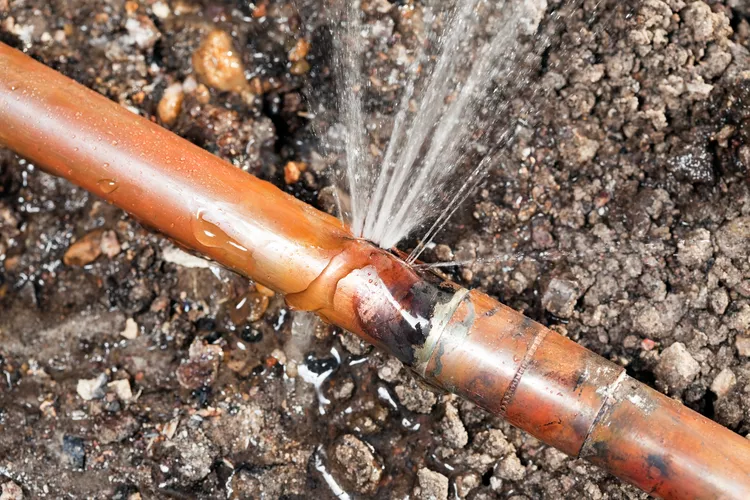A Comprehensive Guide to Piping Problems

Corrosion
Corrosion is the wearing away of an object due to chemical reactions, mainly oxidation (see oxidation-reduction, oxide). It occurs whenever a metal comes into contact with acids and salts or when water is heated up to a higher temperature than normal.
In the case of piping systems, it can affect the quality of your potable water or lead to health issues if it is left untreated. This is why it is important to know how to recognize signs of corrosion and how to prevent it from happening.
Several factors can impact corrosion in your piping system, including the type of water you use, its temperature and its velocity. Also, the minerals that are in your water can help or hinder corrosion.
Pressure Loss
Pressure loss occurs when fluid loses energy, which is why it’s important to design your pipeline to promote steady flow. This means keeping the diameter of your pipe to a minimum, minimizing bends and elbows, and limiting mechanical components.
Pressure drop is also influenced by the materials you choose to pipe your fluids through. Each material has its own unique properties and “roughness” – the higher the roughness, the more friction it causes with the fluid.
If you’re using pipes with different material characteristics, you may need to size them differently. For example, a high-pressure piping system will need to use a larger pipe than an economy one, as material friction is more significant in the former.
A change in elevation also affects pressure loss in a pipe, since the fluid rises as it moves up and falls as it moves down. This is accounted for by calculating the net fluid head difference, which can be calculated with a hydraulic grade line.
Leaks
Leaks in your pipes are a serious problem that can cause significant damage to your home. They can spread mold and bacteria, create pockets of moisture that can rot wood and make it difficult for you to keep your home dry.
A leak can also cause your water bill to go up significantly as it continues to build up in your system. That can result in significant financial loss for you.
Another important effect of a leak is that it can chip away at the integrity of your pipes. That’s because it’s constantly flowing through a section of your pipe, which can cause it to deteriorate and swell over time.
To get to the root of this issue, researchers are investigating how a leak’s geometry influences fluid flow characteristics inside the pipe. This knowledge could help engineers detect and identify leaks at an early stage, allowing them to improve energy efficiency and minimize water loss.
Unusual Noises
While some noises are normal and a sign that your plumbing is in good shape, many others may indicate a problem. Understanding the causes of these sounds can help you determine if you need to get your pipes checked out.
Ticking sound: Copper pipe systems often produce ticking or crackling sounds when hot water runs through them. These should stop once the pipe cools down.
Gurgling: A drain gurgling sound can be caused by air trapped in the pipes or an issue in the sewer line. These are usually troublesome and require a professional plumber to diagnose and fix.
Bang, clunk or clang: High water pressure can cause a sound that is known as a “water hammer,” which makes banging and clacking noises whenever you shut off a faucet. If these sounds continue, you can lower the water pressure or install automatic valves that only close when the water stops flowing.
Noisy water lines can also be a sign of loose or vibrating pipes. Tightening the mounting straps or replacing a loose pipe can often reduce these noises.

